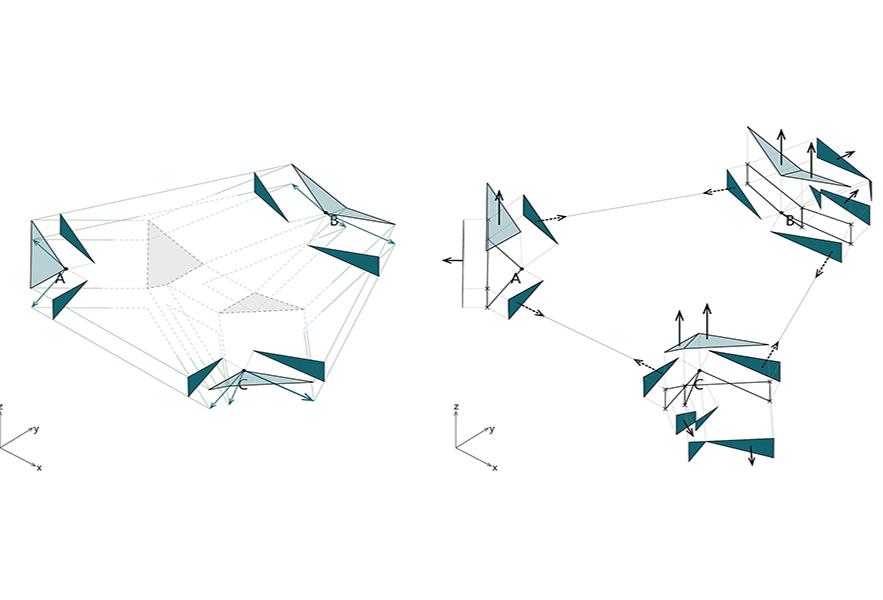
Our objective is to invent reliable, accurate, predictive tools to model complex structural behaviour.
Context
More can be demanded from modern structures if we can model increasingly complex and interactive performances.
Theme
We develop multi-physics modelling software to capture more realistic features of loading and material behaviour. This is complemented by innovative geometrical subdivision of meshes, for higher computational efficiencies.
We improve existing analytical methods by considering techniques and schemes from other technical fields such as: sophisticated hysteretic plasticity models in foundation loading of offshore structures; Bayesian statistical methods for reliable predictions where there are uncertain properties; optimal control strategies for active structures; long term stability analysis of dynamical structures with nonlinear features.
We are also interested in the fundamental nature of structural mechanics, in particular, of the duality between geometrical compatibility and equilibrium. We are extending and exploiting the method of Graphic Statics, to a range of structural forms and behaviour.
Example areas
- Numerical computation and finite element analysis
- Fluid-structure, human-structure, and soil-structure interactions
- Structural dynamics: passive responses and active control
- Modern Graphic Statics
Academic staff |
Affiliated staff |

